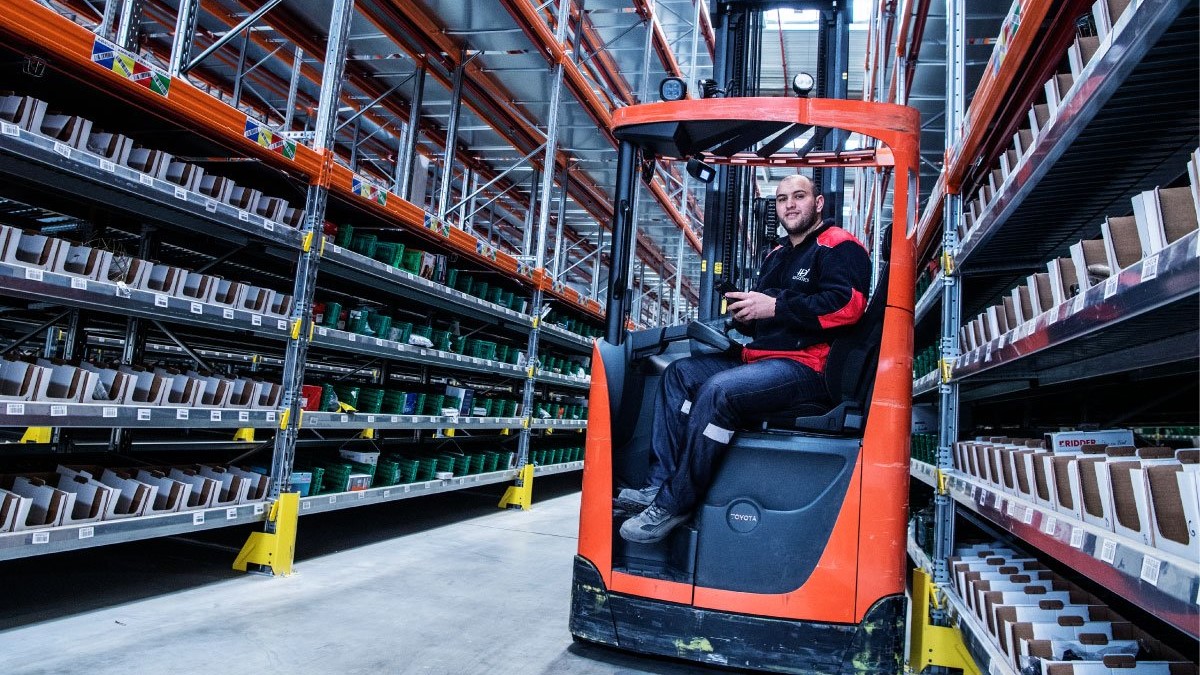
Turning up the heat!

Overcoming growth hurdles in Swiss district heating
District energy will be essential to achieving Switzerland’s climate ambitions by decarbonising heating and cooling. Despite its strong potential, the sector faces considerable obstacles, including fragmented ownership, funding limitations, and muted investor interest. To grow at scale, companies must adopt clear strategies, pursue operational excellence, and tap into specialised expertise. Based on our analysis of the Swiss market, we explore how shifting dynamics are reshaping the landscape of clean heating.
District heating is pivotal for Switzerland’s energy transition
Currently accounting for just 7% of the country’s heating demand, district heating must grow substantially to reach the federal goal of 24% by 2050. Achieving this will require major investments in infrastructure and the expansion of low-carbon heat sources like waste heat and lake water. Across Switzerland, public-private initiatives are beginning to support this transition.
Price stability is another advantage of district heating, particularly when compared to fossil-based systems, which are subject to global energy market fluctuations. However, our findings indicate that district heating is often priced too low, especially during early-stage operations. While this can enhance competitiveness, it may also hinder the ability of operators to reinvest in expanding or improving the system.
A fragmented market limits appeal for investors
The Swiss district heating landscape is highly decentralised, with over 1,500 local networks and minimal coordination between them. Most systems are publicly owned, run by municipal or cantonal energy providers, which presents barriers to private sector involvement.
This lack of scale and clarity around risk-sharing and returns makes the sector less attractive to investors. As a result, new infrastructure development, especially in less urbanised areas, often struggles to get off the ground. M&A activity has remained subdued, mainly due to the scarcity of large, investable projects and hesitation among public stakeholders to sell. Nonetheless, opportunities do exist, particularly in emerging low-temperature systems, industrial energy solutions, and integrated heating and cooling for residential developments. Energy-as-a-Service (EaaS) models also offer promise, enabling scalable, financeable investments.
Strategic focus and smart investment are essential
For energy companies, aligning capital allocation with stakeholder expectations and long-term operational performance will be vital. This involves focusing on infrastructure that supports both residential and industrial users while maximising energy and cost efficiency. Companies must also navigate complex planning regulations and workforce shortages, particularly for high-temperature systems.
Emerging fourth-generation technologies, such as low-temperature grids, heat recovery systems, and combined heat and power (CHP), offer compelling risk-adjusted returns. In parallel, operational excellence will be crucial. Accurate demand forecasting, digitalised system planning, and modular network designs can all contribute to improved efficiency and scalability.
How Eight International can assist you
Eight International’s Strategy & Operations – Energy & Infrastructure team offers deep expertise to support district heating players across four core areas: asset acquisition, performance enhancement, operational streamlining, and advanced financial modelling.
Our global team brings together industry insights and practical know-how to help you design, improve, or invest in district heating networks. Whether you’re launching a new project, upgrading an existing system, or exploring growth opportunities, we’re here to guide your decarbonisation strategy.
Download our full whitepaper to dive deeper into the Swiss district heating sector and discover how we can help you scale your business sustainably.



























































